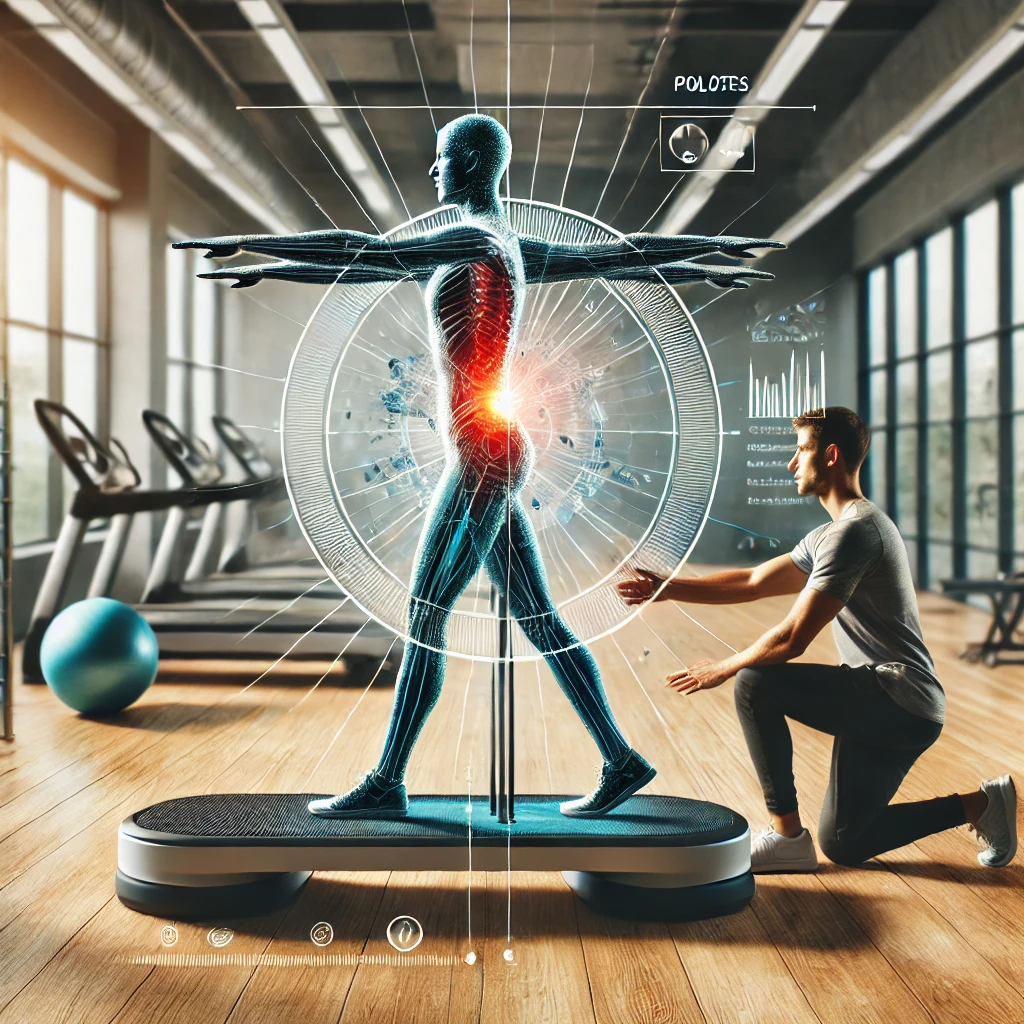Preventing Injuries in Your Fitness Journey: From Beginner to Experienced Exerciser
Incorporating exercise into your lifestyle is one of the best things you can do for your health, but preventing injuries is key to ensuring long-term success. Whether you’re just starting out or a seasoned fitness enthusiast, understanding how to train safely, recover effectively, and seek appropriate care when needed can help keep you strong and injury-free.
1. The Importance of a Balanced Program
A well-rounded fitness routine reduces injury risk by strengthening muscles, improving flexibility, and enhancing overall movement efficiency. A balanced exercise program should include:
✔ Strength Training – Builds muscular support around joints and enhances stability. ✔ Cardiovascular Exercise – Supports endurance and circulation. ✔ Flexibility & Mobility Work – Keeps joints moving freely and reduces muscle tension. ✔ Balance & Stability Training – Essential for preventing falls and improving coordination. ✔ Pilates & Yoga– A great addition to any fitness plan, as they focus on core strength, flexibility, and controlled movement.
Pilates and yoga help improve postural alignment, joint stability, and neuromuscular control, all of which contribute to injury prevention. Studies show that core strengthening exercises can significantly reduce lower back pain and improve movement efficiency (Journal of Orthopaedic & Sports Physical Therapy, 2015).
2. First Aid for Exercise-Related Injuries
Despite taking precautions, injuries can still happen. Knowing basic first aid for common exercise-related injuries can aid recovery and prevent further damage.
Acute Injuries (Sprains, Strains, and Bruises)
Follow the R.I.C.E. Protocol for soft tissue injuries:
- Rest – Avoid aggravating the injured area.
- Ice – Apply ice for 15-20 minutes every few hours.
- Compression – Use a bandage to reduce swelling.
- Elevation – Raise the injured area to minimize fluid buildup.
Overuse Injuries (Tendonitis, Stress Fractures, Shin Splints)
- Modify activities to reduce repetitive strain.
- Use foam rolling and stretching to relieve muscle tension.
- Gradually increase training intensity to avoid excessive strain.
3. When to Seek Professional Help: Physio, Chiro, and Osteo
If an injury persists or worsens, consulting the right health professional is crucial. Here’s how different practitioners can help:
✔ Physiotherapist (Physio) – Specializes in diagnosing and treating musculoskeletal injuries. Uses hands-on therapy, rehabilitation exercises, and movement analysis to aid recovery. ✔ Chiropractor (Chiro) – Focuses on spinal alignment and joint mobility. Can be beneficial for back pain, neck stiffness, and posture-related issues. ✔ Osteopath (Osteo) – Takes a holistic approach, using manual therapy to improve movement, circulation, and musculoskeletal function.
Each professional has their strengths, and sometimes a combined approach is best for managing and recovering from injuries.
4. Rehabilitation After Injury: How I Can Help
Once you’ve seen a physiotherapist and received a diagnosis, the next step is structured rehabilitation to regain strength, mobility, and confidence. This is where I can help.
✔ Post-Physio Pilates & Strength Training – Safely rebuild strength and mobility while ensuring proper movement mechanics. ✔ Targeted Core & Stability Work – Strengthen supporting muscles to prevent re-injury. ✔ Progressive Training Programs – Gradual return to exercise with a personalized plan that aligns with your recovery timeline. ✔ Holistic Approach – Combining Pilates, mobility drills, and strength work for full-body rehabilitation.
Final Thoughts: Train Smart, Stay Strong
Preventing injuries starts with smart training, balanced workouts, and knowing when to seek expert care. Whether you’re just beginning your fitness journey or pushing toward new performance goals, having a solid foundation in injury prevention can keep you moving safely.
If you’ve recently recovered from an injury and need guidance on returning to exercise, I’m here to help. Let’s create a structured rehabilitation plan to build strength, regain confidence, and prevent future setbacks.
📩 Contact me today to learn more about post-physio training and injury prevention strategies!


